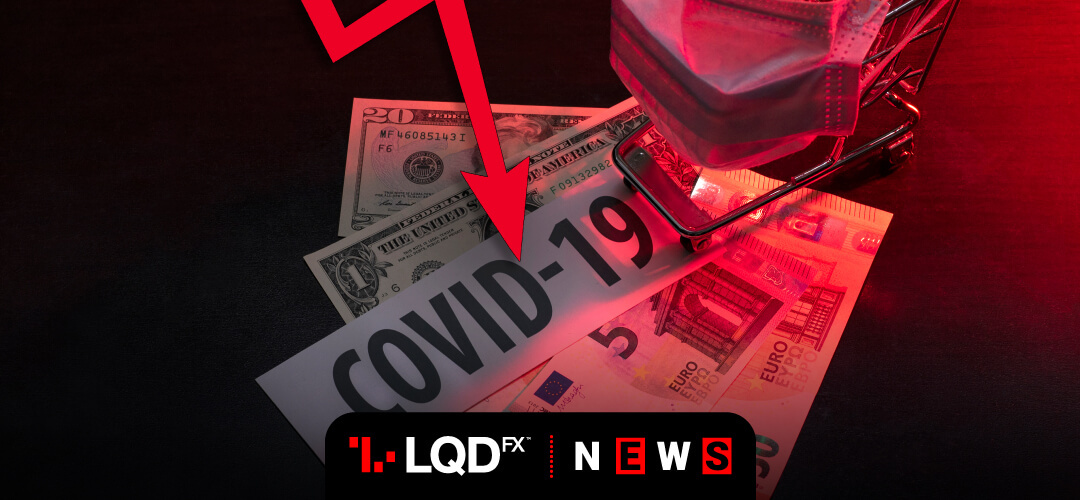The change in risk sentiment was fuelled by COVID-19 concerns as a resurgence of infections has caused some areas to place new restrictions on business activity.
A surge in COVID-19 cases in California dampened Monday’s excitement over improved corporate earnings. Parts of the world are still seeing huge increases in a first wave of infections, while others “flatten the curve” and ease lockdowns. The United States reported a daily global record of 69,070 new infections on July 10.
Markets now face an additional threat from a further potential deterioration in trade relations between the United States and China. The two economic giants fight over access to U.S. financial markets, civil liberties in Hong Kong and territorial claims in the South China Sea.
Meanwhile tension grew between the United States and China. The United States on Monday rejected China’s disputed claims to offshore resources in most of the South China Sea. The Trump Administration also plans on scrapping a 2013 auditing agreement that could foreshadow a broader crackdown on U.S.-listed Chinese firms.
Further, a widely-watched indicator showing investor sentiment in the euro zone’s biggest economy, Germany, worsened somewhat in July.
Britain’s gross domestic product rose by 1.8% in May after falling by a record 20.8% in April. Adding to fears was a warning from authorities that another, more deadly COVID-19 wave could kill up to 120,000 Britons over the winter. Consumer data also indicated a tentative recovery.
Investors also focused on the European Central Bank meeting on Thursday and EU summit at the end of the week.
START TRADINGForex – COVID-19 concerns globally temper risk appetite
Sentiment was underpinned by figures showing both Chinese exports and imports topped forecasts in June. Traders are now waiting for U.S. inflation numbers for June due at 1230 GMT.
The U.S. dollar gave up early gains on Tuesday with currency traders unfazed by rising coronavirus cases. The dollar index was last down 0.1% at 96.452, keeping it firmly with a tight range it has traded in since May.
The safe-haven yen and the Swiss franc were both down on the day by 1105 GMT as market sentiment improved. The Japanese yen dipped, with the dollar up 0.1% at 107.41 yen.
The Australian and New Zealand dollars steadied as upbeat trade data from China helped offset caution over the coronavirus spread. But, both currencies heavily exposed to global trade sentiment rebounded as the day wore on.
The Australian dollar rose 0.3% to $0.6957. The kiwi dollar was a fraction softer at $0.6532 as coronavirus concerns globally tempered risk appetite.
The euro recovered and rose 0.2% against the dollar to $1.1369. Further, progress in the European Union’s efforts to agree a recovery fund package this week would boost the euro.
The pound fell towards the $1.25 mark and reached a two-week low against the euro on disappointing growth data. Sterling fell after the economy rebounded in May at a much slower-than-expected pace, calling into question forecasts for a V-shaped recovery. Sterling was last down 0.3% at $1.2520 and 0.5% against the euro at 90.79 pence.
In commodity markets, oil prices, a proxy for global energy consumption and therefore growth expectations, reflected the growing worries.
U.S crude futures fell 2.4% to $39.14 per barrel and Brent futures fell 2.1% to $41.81 per barrel.
Spot gold sat below recent peaks at $1.797.30 per ounce.
PLEASE NOTE The information above is not investment advice.
Sources: Reuters, Investing, CNN money
